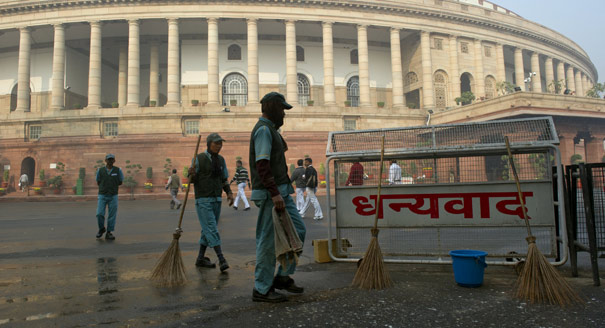Source: India Policy Forum
Abstract
Corruption has become an increasingly salient issue in India today, spawning enormous interest from the media as well as a large amount of academic research. Yet, there is a large gap between what has captured the media’s attention, the policy options under discussion, and the actual evidence base drawn from empirical research on corruption. We attempt to bridge this gap by directly addressing the particular challenges that corruption in India poses. Academic evidence supports the popular perception that corruption is widespread and endemic. However, we find that the costs of day-to-day corruption are just as large, if not larger, than those of the “scams” that dominate headlines. Further, we find that there is very little evidence to support the idea that greater transparency, information, and community-based efforts have a significant impact on reducing corruption on their own.This is also true for some technological interventions, although those interventions—like direct benefit transfers—that bypass middlemen and corrupt officials have a much greater scope for success, as do interventions that transfer bargaining power to citizens and beneficiaries. We find much to commend in the sensible and wide-ranging legislative agenda to combat corruption, including the Right to Service and Public Procurement bills. However, what is most important for combating corruption is not the law on paper but the implementation of the law; the binding constraint, as always, is the government’s desire and ability to punish corrupt officials and politicians.





.jpg)